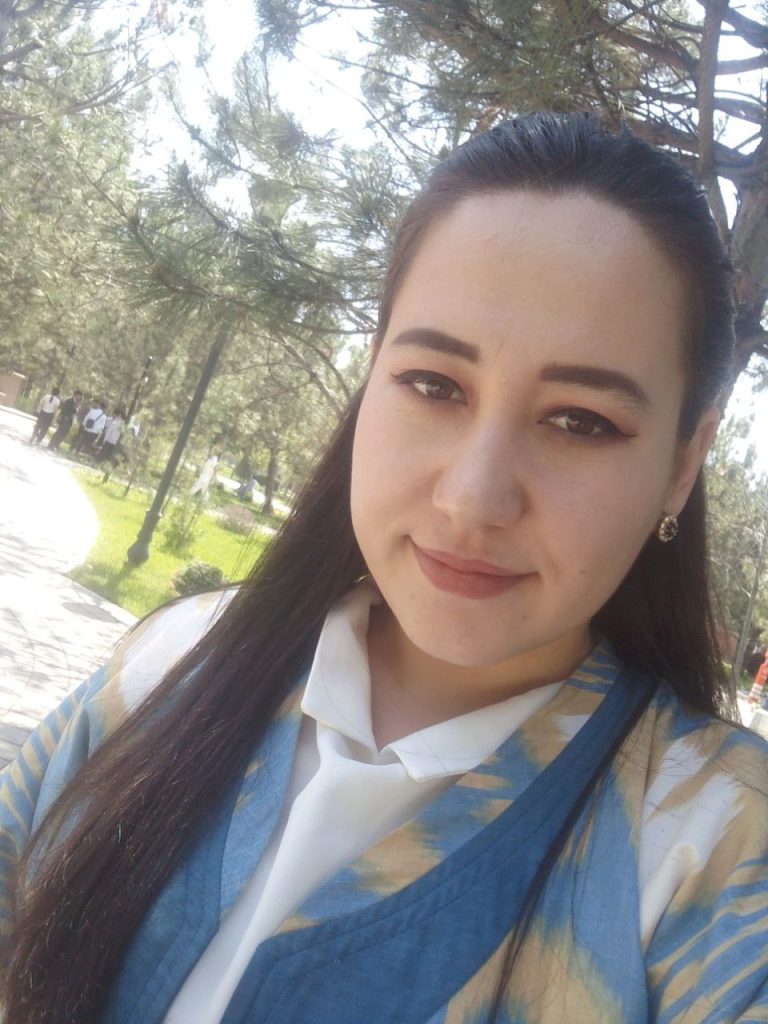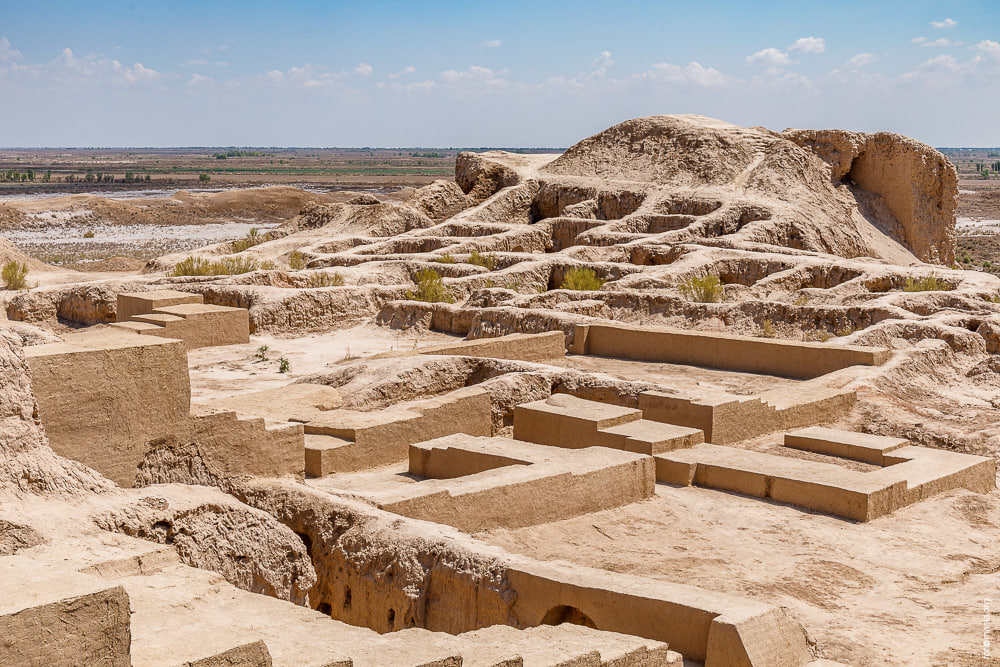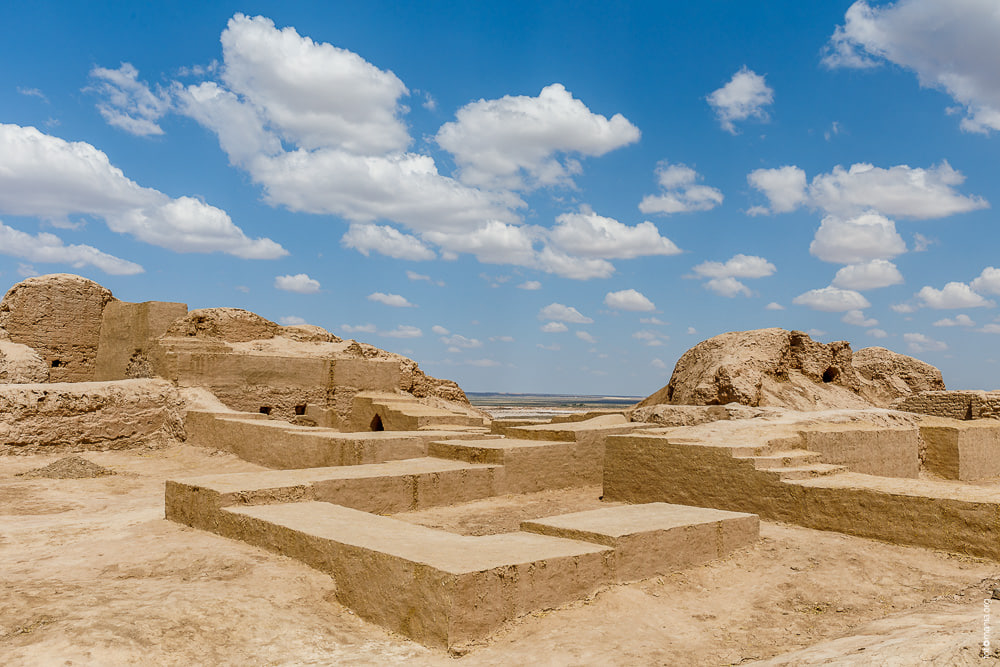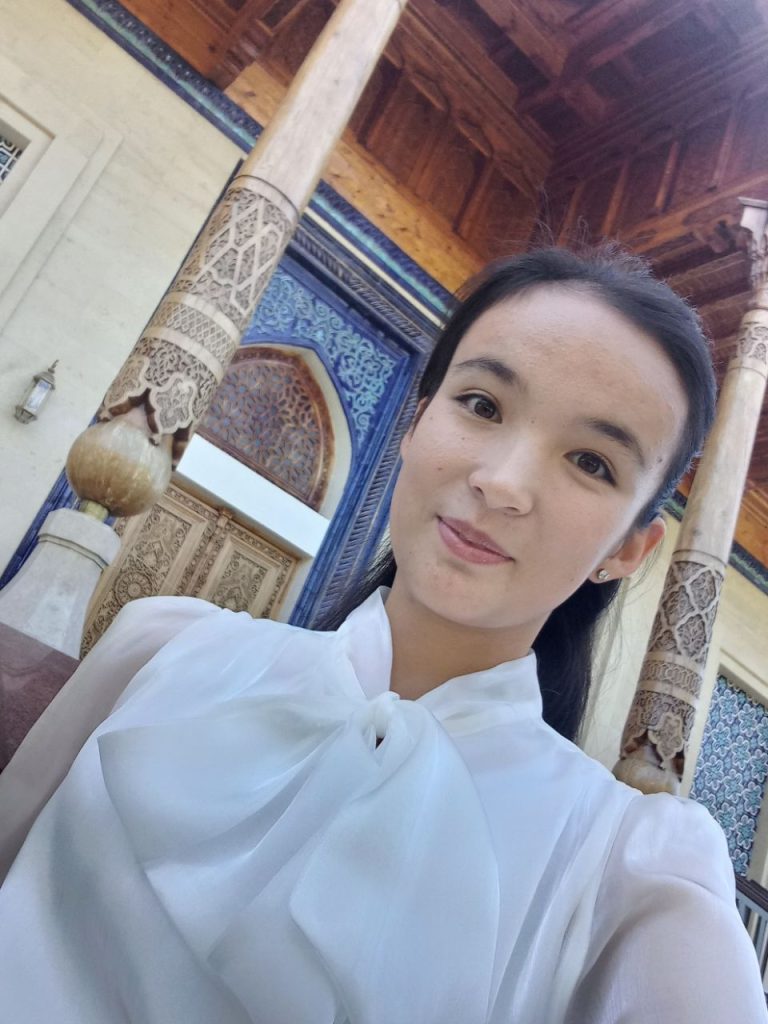(Teen Central Asian girl with long dark hair and brown eyes in a school uniform standing in front of a lectern ready to speak)
USING INNOVATIVE METHODS AND TECHNOLOGIES IN ENGLISH TEACHING
Durdona Ibrahimova
National University of Uzbekistan named after Mirzo Ulugbek
Student of the Faculty of Foreign Philology
Abstract:
In this article today, the main focus is on students. Many educators suggest ways to make students more engaged in learning by finding as many different innovative ways to teach and technology as possible.
Key words: English language, innovative methods, technologies, interactive methods, global Internet
Enter
Today, personal attention has the student and personality. For this purpose, the main goal of the teacher is to define various innovative methods for organizing lessons and technologies for language learning. In recent years, the demand for learning foreign languages has increased a lot. As our first president Islam Karimov said, “Nowadays, teaching the languages of large cargo transportation is very important in our country. This is certainly not for nothing. There is no need to increase the importance of perfect knowledge of languages for our countries, which are striving to take their rightful place in the world community today, and for our people, who are building their great future in solidarity and cooperation with our foreign partners. It should be noted that the Presidential Decree “On further measures to teach foreign languages” adopted on December 10, 2012, strengthened the study of foreign languages.
Today, the use of technology in learning foreign languages is increasingly being investigated. In this case, national technologies, but also new innovative methods and a new approach to the educational process.
Identifying ways to teach students is choosing ways to teach students. are experimenting with innovative teaching strategies as the new norm. In this, they participate in the access of Internet resources to the right of the students and a good introduction to the lessons.
By using the Internet resources, it is possible to obtain the necessary information for the students and teachers of the world through which it is very large. They even have access to online distance learning.According to education statistics, 98% of universities in 2020 taught classes online. In English lessons, many methods can be implemented through the Internet: we can take the example of watching the teaching scene, watching the vocabulary book, listening and speaking. In addition, students can get to know foreign students through the Internet, exchange ideas on their own teaching methods. Also, English lessons, games, tests, quizzes, cartoons with various subtitles are available on the Internet. learn English by watching.
the main part. Language is a means of intelligent communication, without which it is difficult to imagine the development of human society. Today, when studying our world, students’ communicative skills are required by the topic, they need to exchange different ideas by interacting with other participants of communication, and it requires correct implementation of language and speech norms. In this context, the main purpose of the goal is to form the movement of the commune language, that is, it requires the application of inter-document and inter-cultural communication in a foreign language. After that, the language of the young school has gained the status of a language of world importance, and its study has become compulsory in many parts of the world. “helps in interactive methods of support. Today, English language teachers help American and English pedagogues.
1. To apply this method, “Creative Problem Solving”, a story is read to the student, and the student decides how the story will end.
2. “Quick answer” (Quick answer) helps students to record the lesson and remember it.
3. Sending various games “Chigil Yazdi” (Warm-up exercises) in order to interest students in the lesson. In all these methods, the teacher and the student help to acquire knowledge, and the student’s free behavior, concentration, and observation of the language help to learn.
Summary. The use of technology and innovative methods in English language classes develops students’ ability to speak, write, read, listen and think logically in English. The education system is based on free thinking. , and can be the task of educating a well-rounded person, we future teachers should set ourselves the goal of more perfect production of effective methods of innovative technologies.
References:
1. Decision PQ-1875 of the President of the Republic of Uzbekistan dated December 10, 2012 “On measures to further improve the study of foreign languages”.
2. Abdurashidovna, A.N. (2022). PROMOTION OF FOREIGN LANGUAGES AND USE OF MODERN TECHNOLOGIES IN THE NEW UZBEKISTAN. Journal of World Research, 9 (1),63-70
3. Uktamovna Kh.L., Tukhtajanovna Sh.S. “Using INTERFACE METHODS OF TEACHING ENGLISH” Tashkent State Transport University 2023.
4. O’.Hoshimov, I.Yakubov.”ENGLISH TEACHING METHODOLOGY”(study guide) Tashkent: “Sharq” publishing house, 2003.
5. Dekhkonovna I.SH “A REVIEW OF SOME EFFECTIVE METHODS OF TEACHING ENGLISH” Teacher of English language for lawyers, Fergana City Legal Technical University https://doi.org/10.5281/zenodo.10638071
6. Oktamovna, Kh.L (2021) TEACHING COMMUNICATION TECHNOLOGIES IN MODERN FOREIGN LANGUAGES. CENTRAL ASIAN JOURNAL OF THEORETICAL AND APPLIED SCIENCES, 2(6), 53-56. https://cajotas.centralasianstudies.org/index.php/CAJOTASU/article/view/1896..
Yuldasheva, M.B (2020). HISTORY OF ENGLISH TO UZBEKI TRANSLATION. Theoretical and applied sciences, (3), 11-14
7. Bakhtiyarovn, Y. M. (2022) THE RELATIONSHIP OF COMPARATIVE STYLISTICS WITH THE THEORY OF TRANSLATION.
Ibrahimova Durdona Shavkatjon’s daughter was born in Toshloq district of Fergana region. 2nd stage student of UzMU. Member of the People’s Democratic Party. Author of many articles. It has been published in national and international journals.





